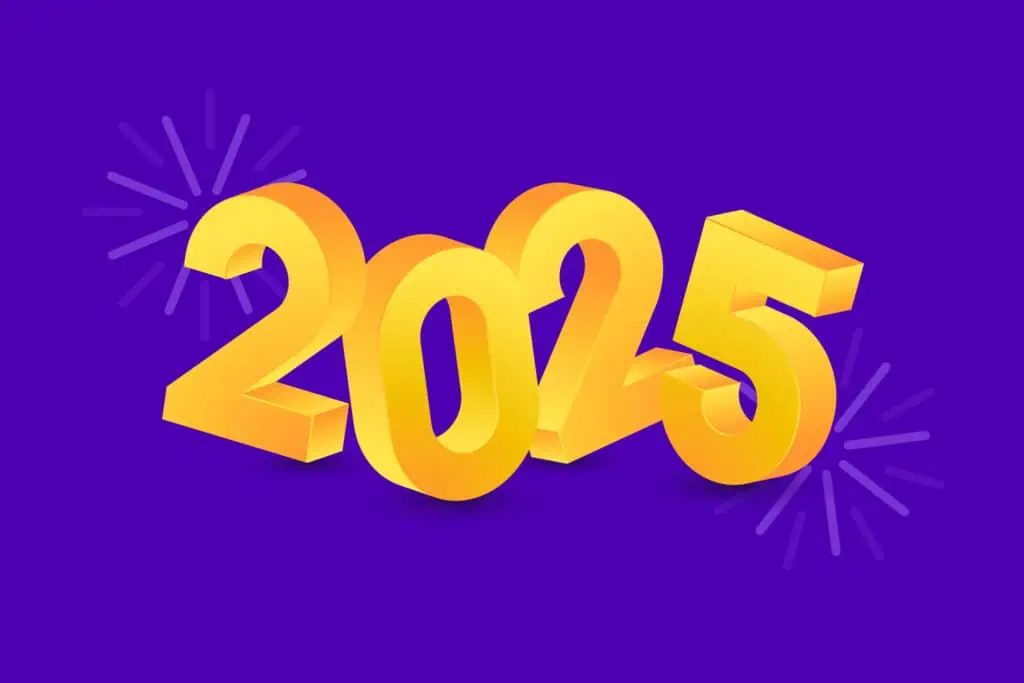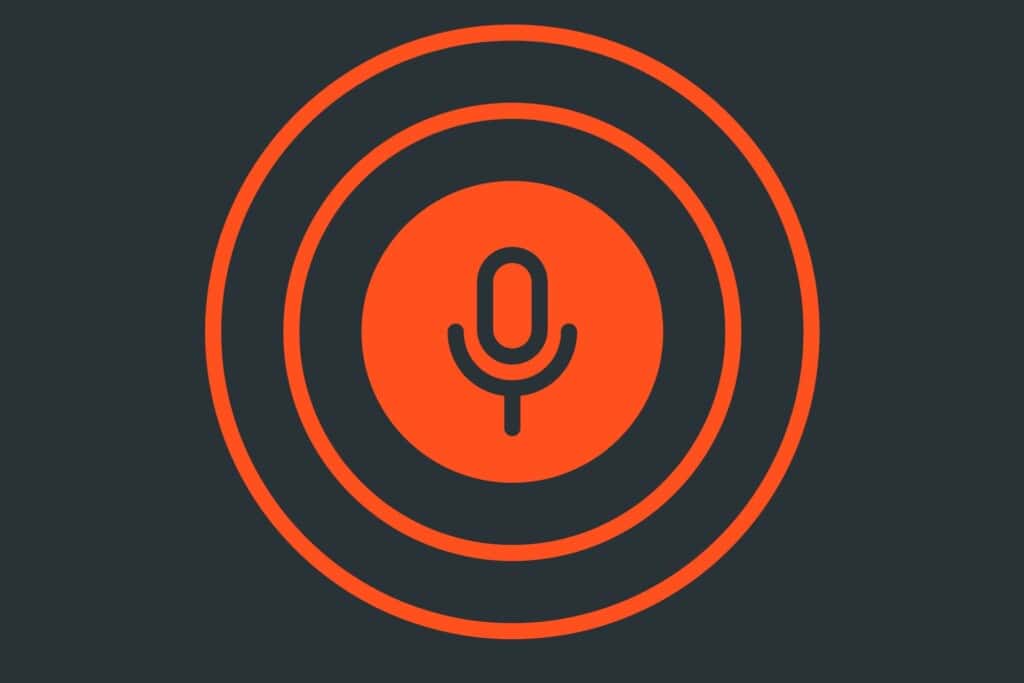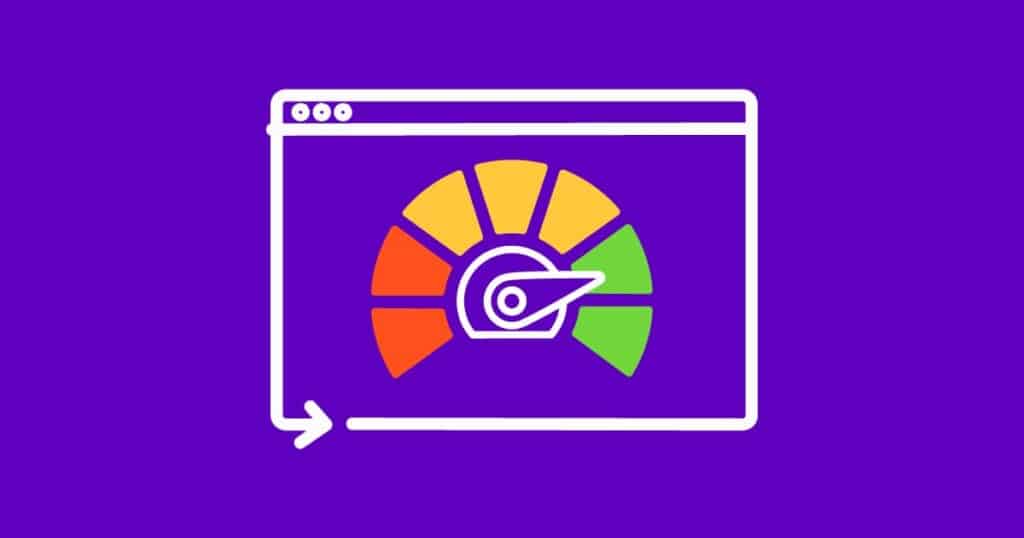Looking to the future of websites with trends and predictions for 2025
Websites are transforming in ways that not only enhance user experience, but also redefine what we expect from the web altogether.
As we head into 2025, let’s explore some of our favourite trends shaping the future of websites. And these just might spark some ideas to strengthen your own strategies too.

Website trends 2025
Hyper-personalisation driven by AI
Yes, AI has been a buzzword for years. But the level of sophistication is now truly impressive, and AI’s role in website personalisation is now reaching a new level.
In 2025, sites could anticipate user needs more accurately, using AI to tailor content dynamically based on individual preferences. Imagine a homepage that changes based on your location, time of day, or browsing history—not just recommending products but creating bespoke experiences.
For marketers, this could mean you’re crafting websites that act as virtual assistants, turning every interaction into a deeply personal connection. AI-powered tools like ChatGPT are only the beginning; expect more advanced implementations across eCommerce and content-heavy platforms.
Immersive experiences with AR and VR
Augmented and virtual reality are no longer limited to gaming or niche industries. Picture trying on a new coat, colour matching foundation, placing a new sofa in your living room, or walking through a property that’s for sale, all virtually. These digital experiences are all possible already, and we can expect AR and VR to become more mainstream across websites in 2025.
The technology is there, but the challenge lies in balancing functionality with accessibility, and ensuring these features work seamlessly across devices. Forward-thinking brands will prioritise immersive elements that contribute to accessible, inclusive, and engaging digital experiences.

The rise of ethical design
With increasing awareness of sustainability and digital wellbeing, ethical design is gaining traction. This trend isn’t just about reducing energy consumption (though optimising for faster, more performant, lower-carbon websites is a must); it also focuses on prioritising user mental health. It’s an approach that ensures your website serves both its visitors and the planet.
Calm colour palettes, simplified navigation, and “do not disturb” modes – sounds nice, right? Ethical design also means transparency in data collection, fostering trust in an era of privacy concerns. Marketing professionals need to continuously monitor how their websites align with their values, and their customers’ expectations.
Micro-interactions 2.0
Micro-interactions—those small, delightful responses to user actions—are getting smarter. These interactions guide users intuitively. From animations that subtly nudge a user towards a call-to-action to tactile feedback for mobile users, the next wave of micro-interactions will blend functionality with finesse.
For example, hover effects could reveal product details, while progress indicators provide real-time feedback. These moments enhance usability while keeping users engaged longer.
Need help future-proofing your site?
We’ll audit your website and help you plan a roadmap of new features and improvements to keep you ahead of the competition.
Content that’s built for voice and visual search
Search is evolving rapidly, think about search that uses natural language, or images instead of typing text, and search that starts on TikTok, Instagram or Pinterest.
In the future, optimising for voice and visual search will be non-negotiable. Your website content needs to keep pace. You can adapt by investing in structured data, schema markup, and AI-driven content that caters to how people—and algorithms—consume information. Plus, be experimental. Stay open-minded, curious, and lean into change.

Web accessibility as a strategic priority
We’re accessibility advocates, so we’re delighted to see that accessibility is shifting from compliance to strategy. Accessible design not only caters to inclusivity, it also supports your SEO strategy and enhances overall user experience, and we’re expecting that, in 2025, more businesses will acknowledge this.
Brands that prioritise accessible features will reap benefits far beyond meeting legal requirements. The key is to embed accessibility into every stage of the website design and development process, making it a core component of your digital strategy.
Ready to make web accessibility a strategic priority? Get an accessibility audit.
Performance meets sustainability
You already know that fast-loading websites are essential, but did you know a fast website is typically a greener website? Carbon-conscious websites that load quickly and minimise server strain are becoming a differentiator for eco-aware consumers.
Website carbon calculators help businesses measure and reduce their digital footprint, and marketing leaders can champion these tools and practices, aligning their digital presence with their company’s sustainability goals.

Takeaways
As we move into 2025, websites are evolving to meet the demands of a more dynamic, tech-savvy world. Key trends include hyper-personalisation through AI, immersive AR and VR experiences, and ethical design prioritising user wellbeing and sustainability.
Innovations like micro-interactions 2.0 and optimisation for voice and visual search are redefining engagement. Meanwhile, accessibility and carbon-conscious performance are becoming strategic imperatives.
Future proofing for website trends in 2025
The website trends of 2025 will challenge us to think differently about our digital spaces. These trends blend cutting-edge technology with human-centric principles, offering exciting opportunities for marketing professionals.
Let’s start with an audit
At Atomic Smash, we specialise in helping businesses like yours stay ahead of the curve, optimising little and often. Let us support you by auditing your website.